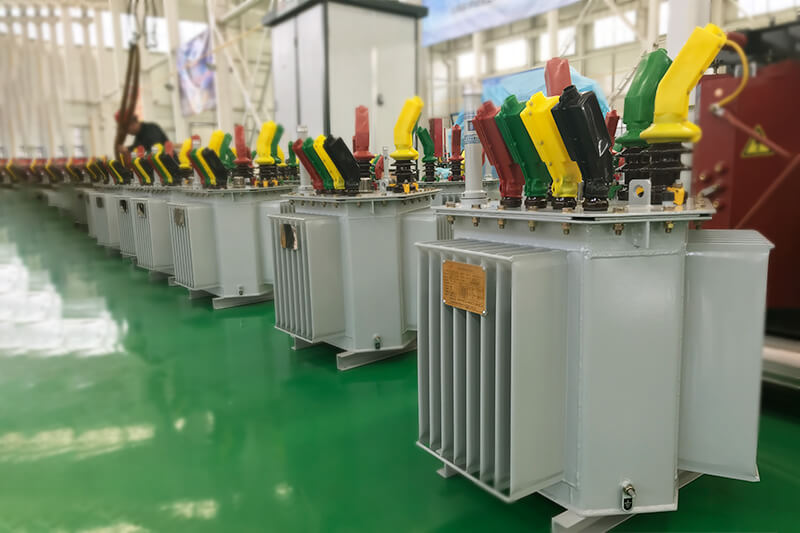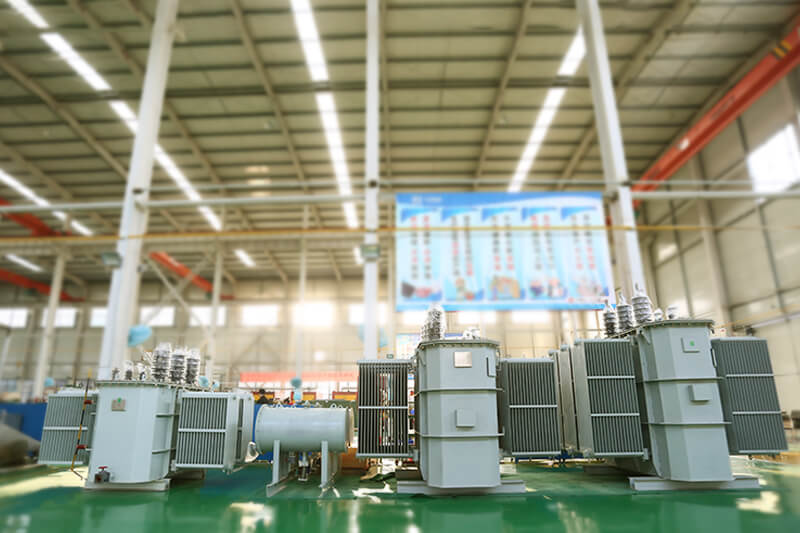How to prevent trouble of transformer
Transformers are extremely important electrical equipment in the power transmission and distribution system. Compared with other electrical equipment, the failure rate is extremely low, but once a failure occurs, it will cause serious losses to industrial and agricultural production. In order to enable electrical operation and maintenance personnel to do regular inspection and maintenance work, eliminate equipment defects, and ensure the safe operation of transformers, the main causes of failures and preventive measures are analyzed based on years of experience in transformer operation and maintenance.
1. Degradation of insulating oil
Insulating oil may come into contact with air during operation and gradually absorb moisture in the air to reduce the insulating performance. At the same time, the insulating oil may also absorb and dissolve a large amount of air. Because the oil often runs at a higher temperature, the oil contacts the oxygen in the air to generate various oxides, and these oxides are acidic, and it is easy to use copper, aluminum, and iron. 3. The insulation material is corroded, which increases the dielectric loss of the oil, degrades the quality of the oil, causes flashover in the transformer, and causes breakdown accidents.

2. Failure caused by overvoltage
When the operating transformer is struck by lightning, due to the high potential of the lightning, it will cause overvoltage outside the transformer. When some parameters of the power system change, due to the cause of electromagnetic oscillation, it will cause overvoltage inside the transformer. Most of the transformer damage caused by these two types of overvoltages is the breakdown of the main insulation of the windings, causing transformer failure. In order to prevent the fault caused by the transformer overvoltage, it is generally required to install a surge arrester protection on the high-voltage side of the transformer, and also install a surge arrester on the low-voltage side.
3. Insulation failure of the lead
Due to the poor welding of the transformer lead connection, loose connector screws, and poor contact, causing local overheating and causing the lead to burn out. In the installation of electrical appliances, the lead is too close to the fuel tank, or the distance between the leads is too small. When there is a strong wind or a short circuit occurs in the outside world, the lead will swing under the action of external force or electric power, causing a short circuit between the phases. If there is leakage in the transformer, the transformer will be severely deficient in oil, and the lead wire part will be exposed to the air. The insulation level is reduced, and internal flashover and breakdown failures occur. In addition, if there are multiple short-circuits at the outlet of the transformer, the windings will be deformed and the insulation between the turns will be damaged, resulting in a short-circuit fault.

4. The casing is damaged
Due to the poor quality of the sealing rubber pad, improper installation position, and insufficient pressure on the nut, it can lead to inadequate sealing of the sleeve, so that water or moisture intrusion can damage the insulation due to moisture. In addition, due to the serious fouling of the bushing surface area, flashover occurs; there is a free discharge formed internally in the insulating layered gap of the capacitive bushing, which severely damages the insulation of the transformer bushing.
5. Insulation aging
In the normal operation of the transformer, the service life of the insulation material is fixed. When the transformer reaches or is close to the service life, the insulation is scorched, blackened, loses its original elasticity, and becomes fragile. In this case, the The aging insulation is easily damaged by vibration and friction, and short circuits will occur between the winding phases or between turns, causing serious transformer failure.
In order to prevent accidents caused by insulation aging, the temperature of the upper layer of the transformer must be strictly controlled, and the load variation of the transformer must be strictly controlled to avoid frequent overloading of the transformer to avoid accelerated insulation aging.